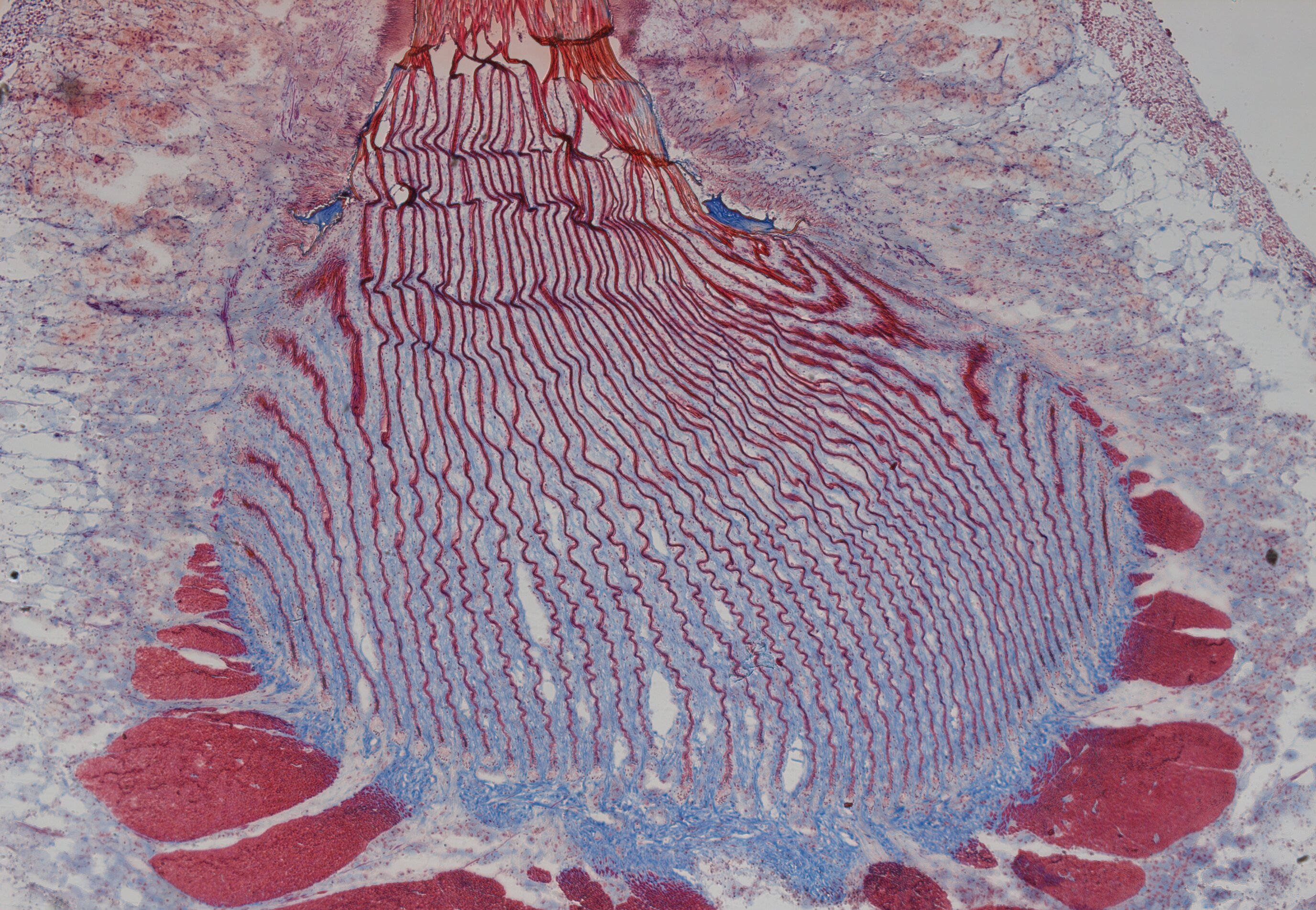A team of chemists at McGill University, working with a colleague from Charité-Universitätsmedizin, in Germany, has uncovered part of the process used by mussels to bind to rocks and to quickly release from them when conditions warrant.
In their project, reported in the journal Science, the group studied the interface between mussel tissue and the bundle of filaments that mussels use to anchor themselves to rocks and other objects. Guoqing Pan and Bin Li, with Jiangsu University and Soochow University, both in China, have published a Perspective article in the same journal issue outlining the work done by the team on this new effort.
Mussels are bivalve mollusks that live in both fresh and saltwater environments. They have hinged shells that are joined by a ligament. Muscles ensure a tight seal when the shell is closed. Mussels use byssus threads (known commonly as a beard) to attach themselves to solid objects such as rocks.
<
